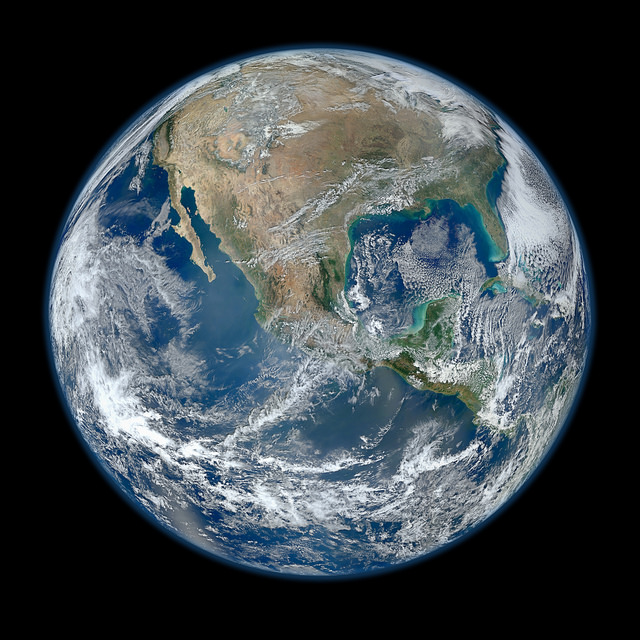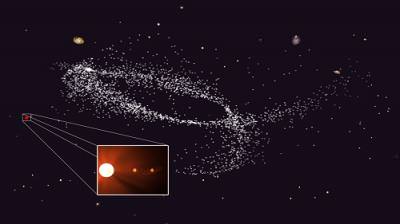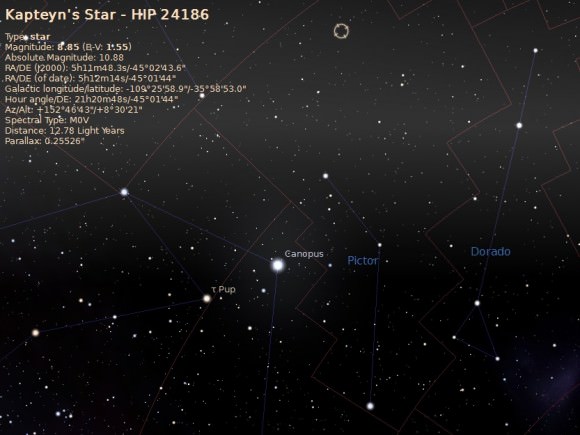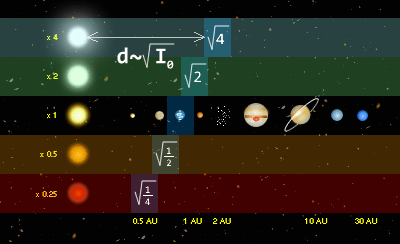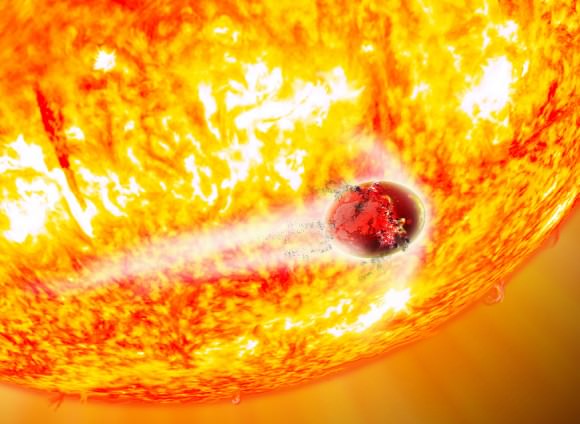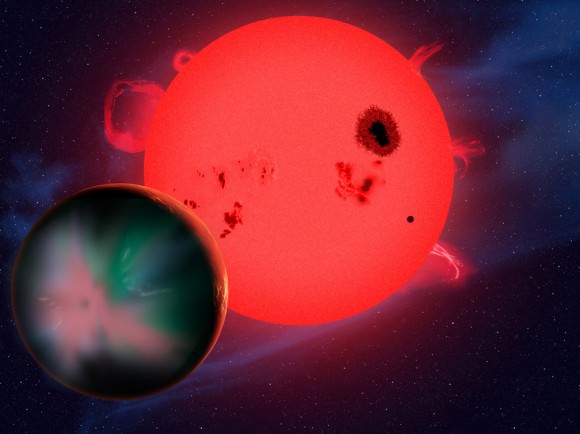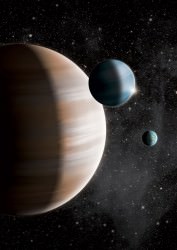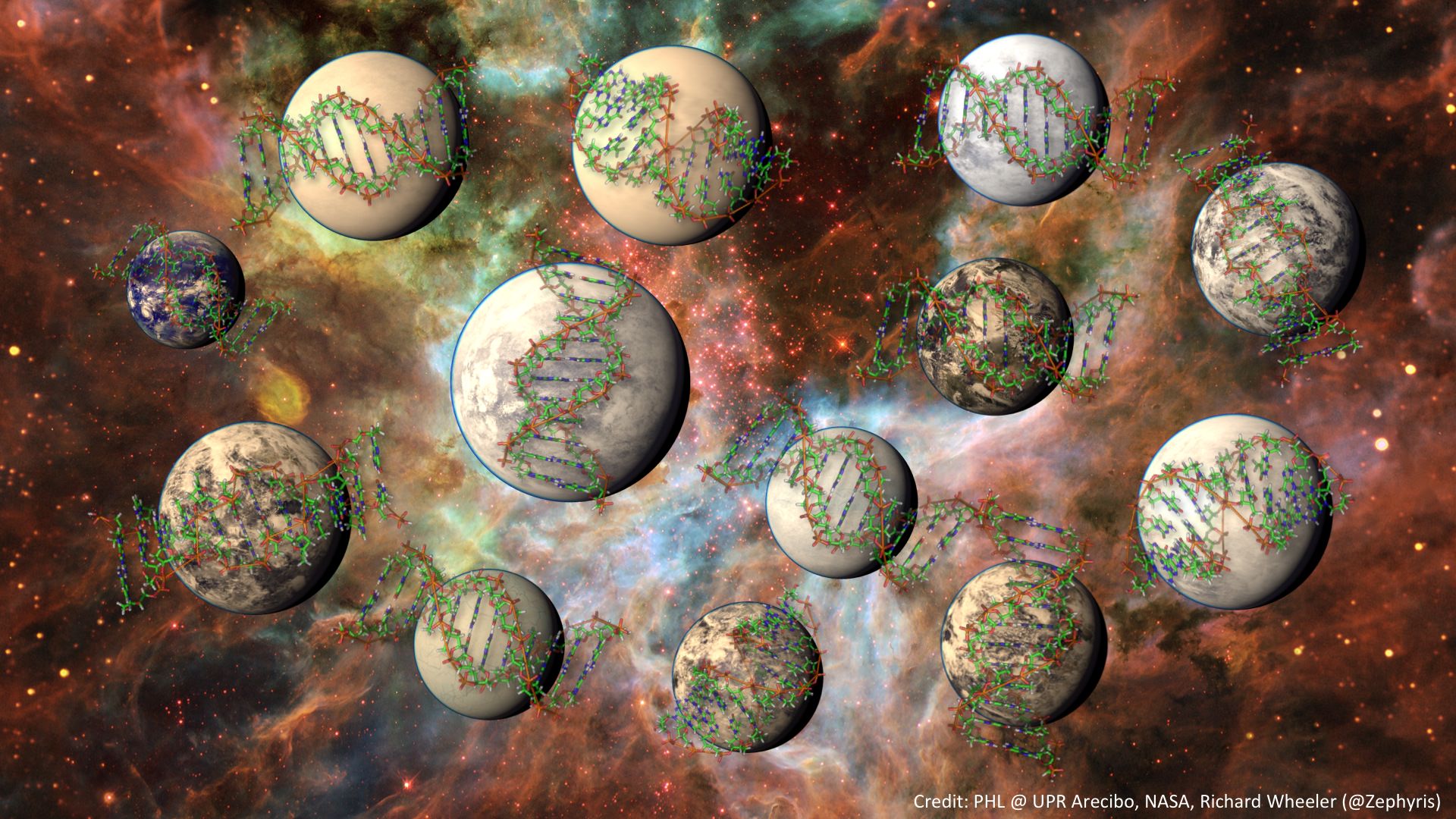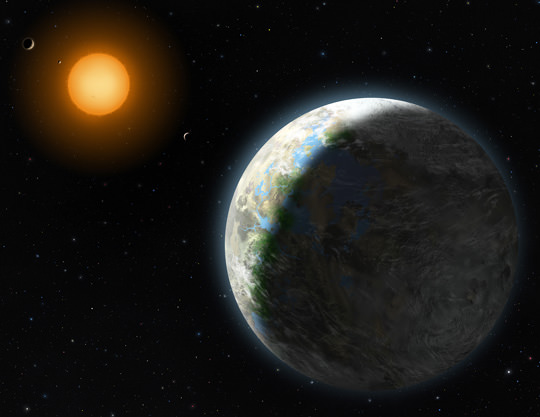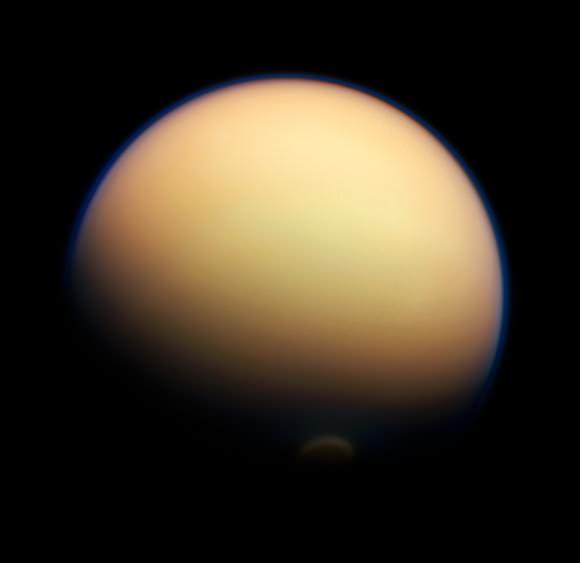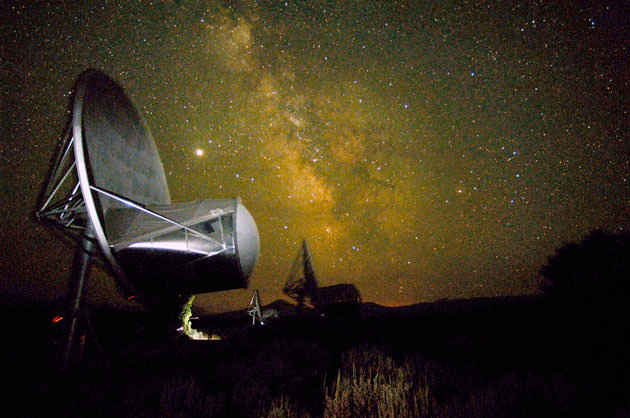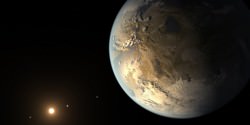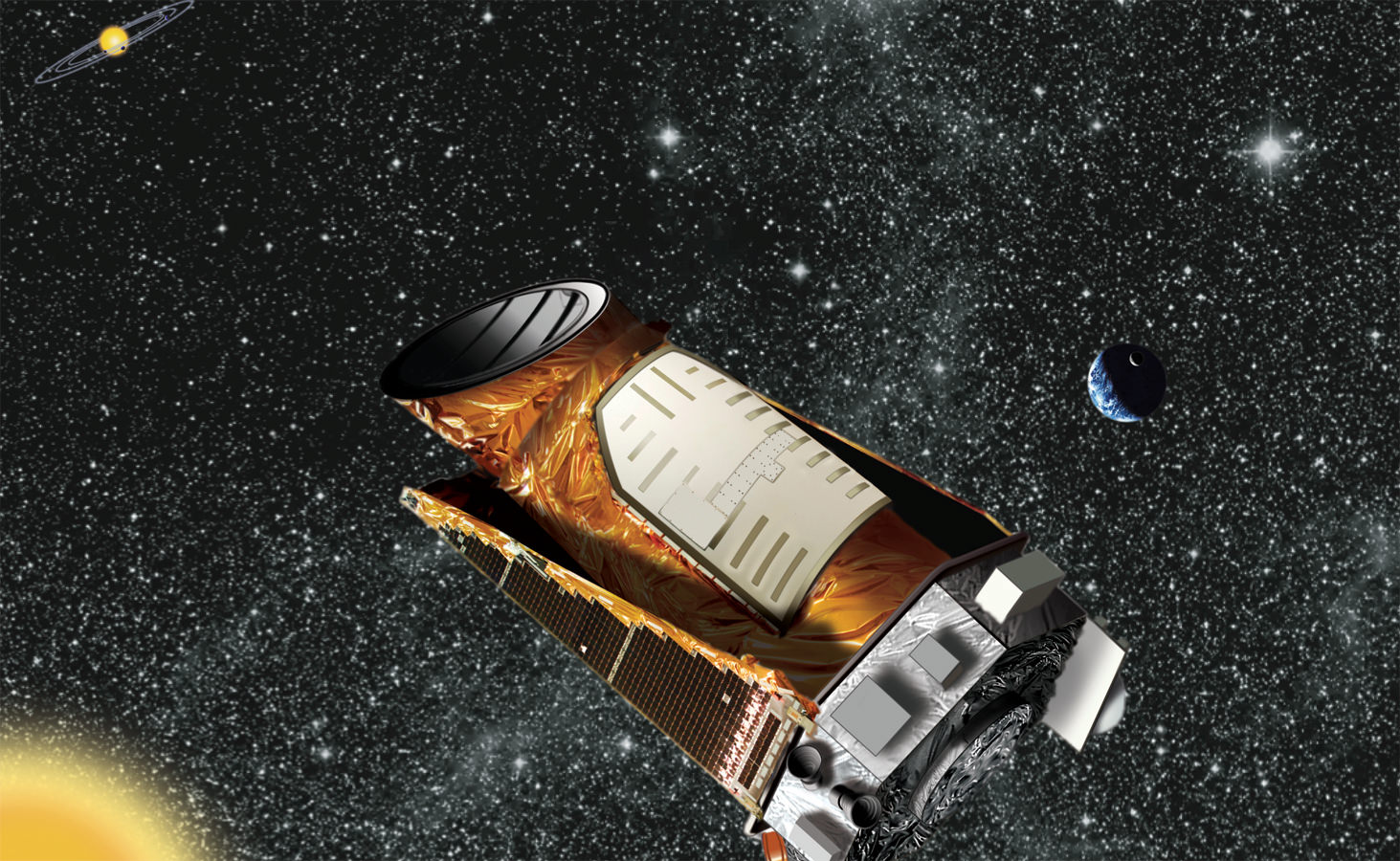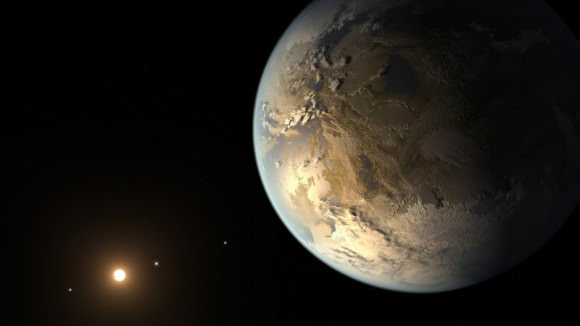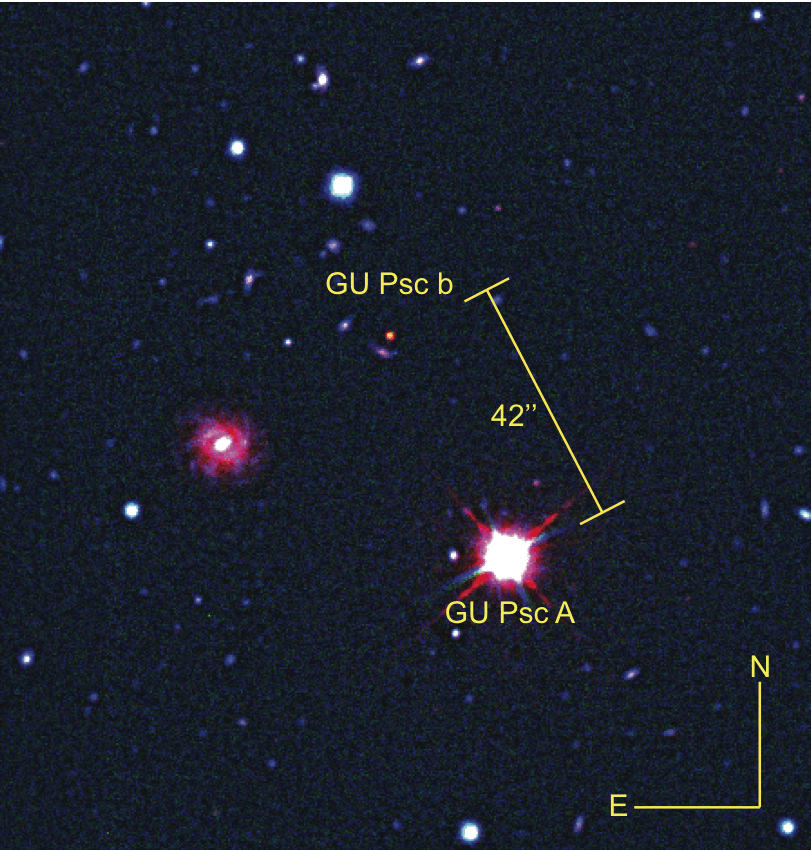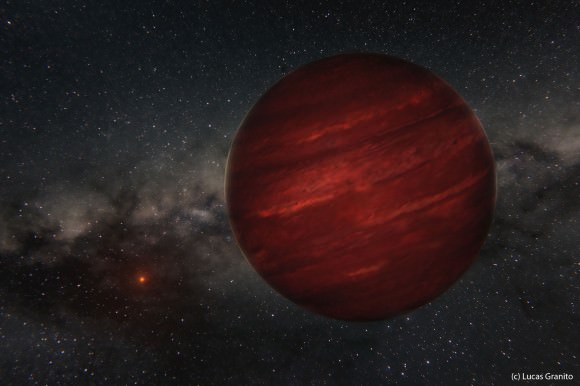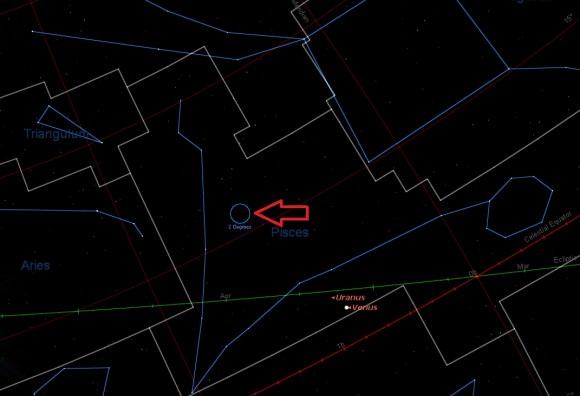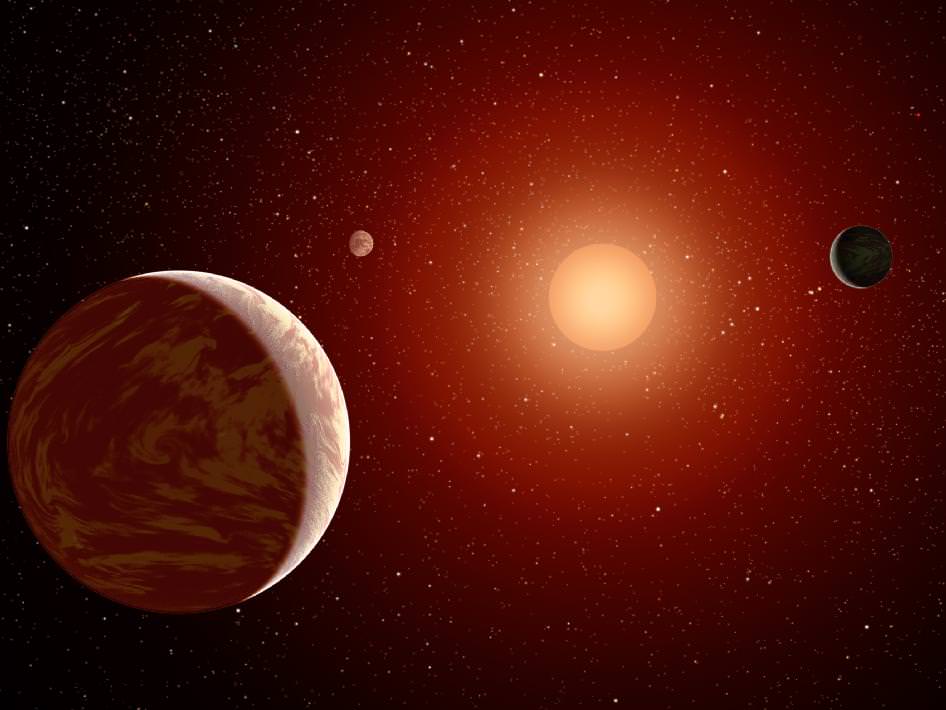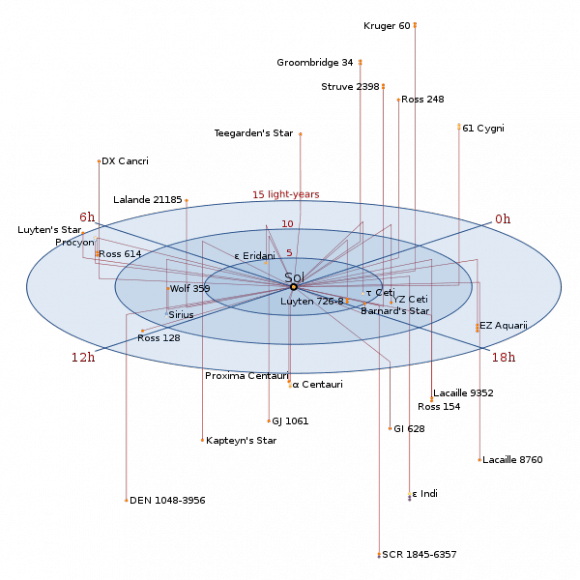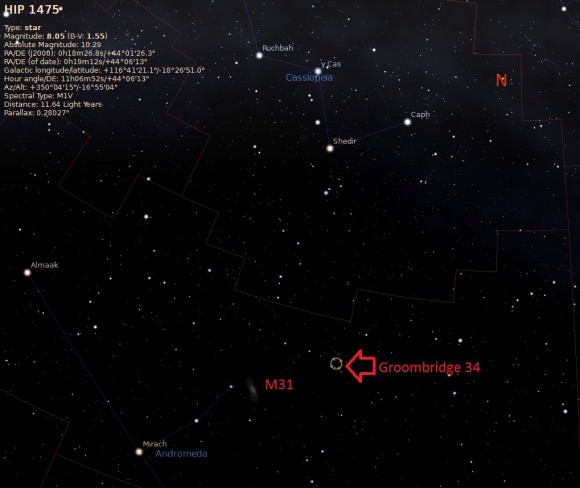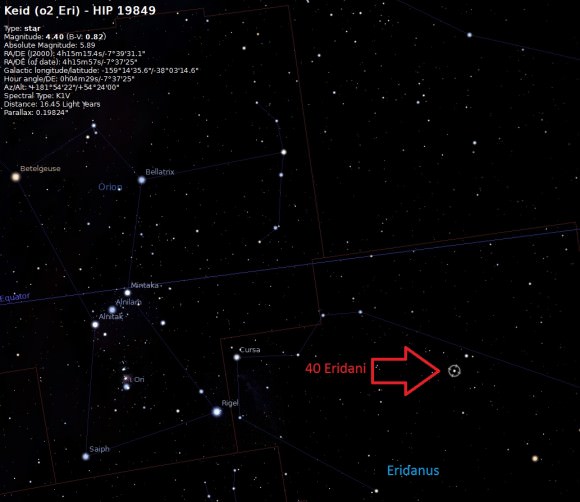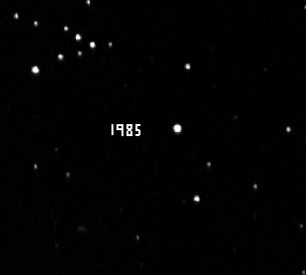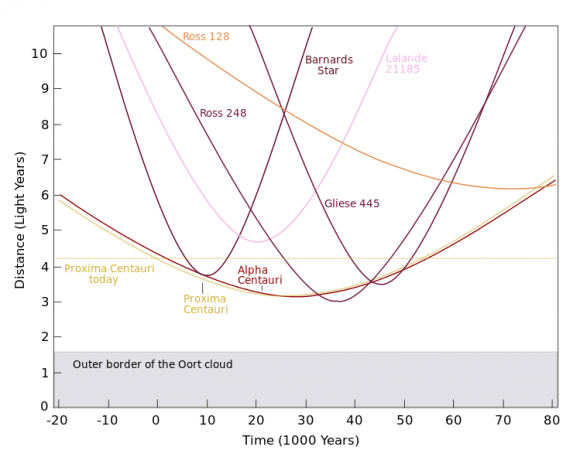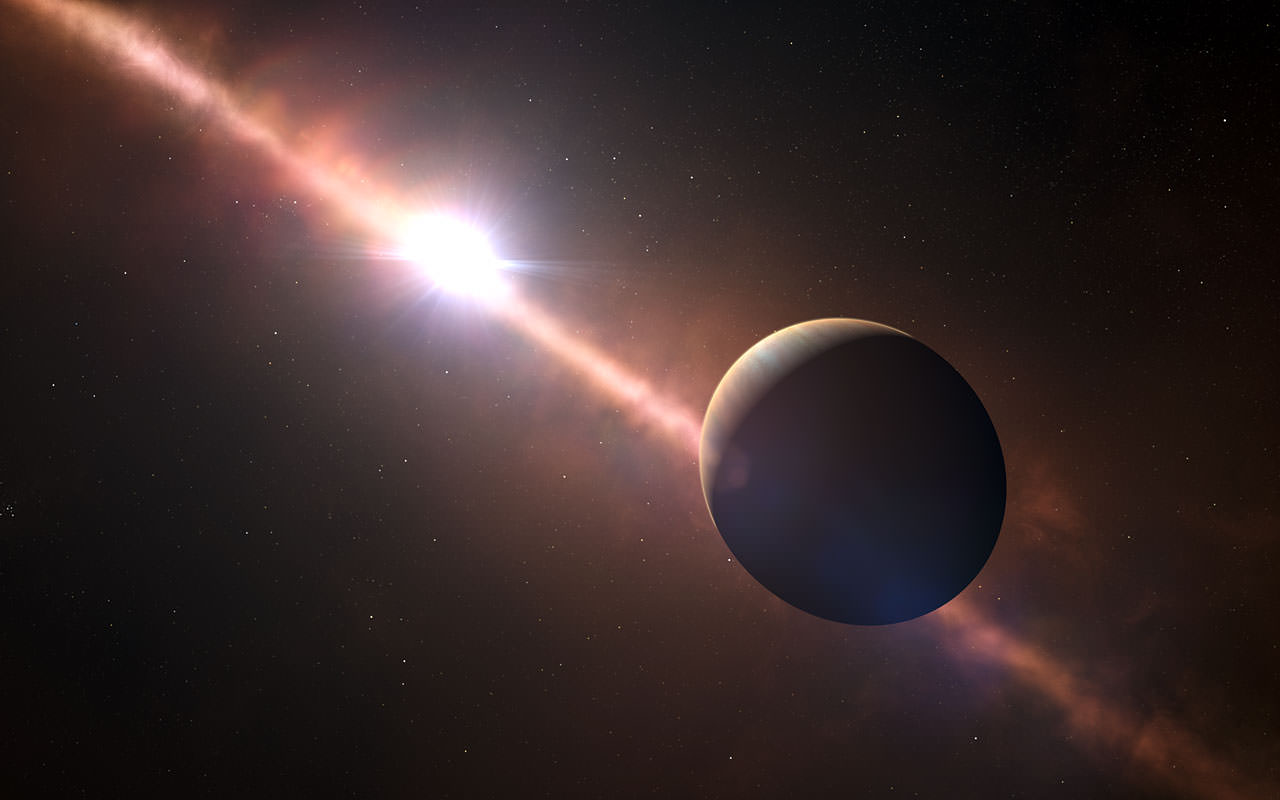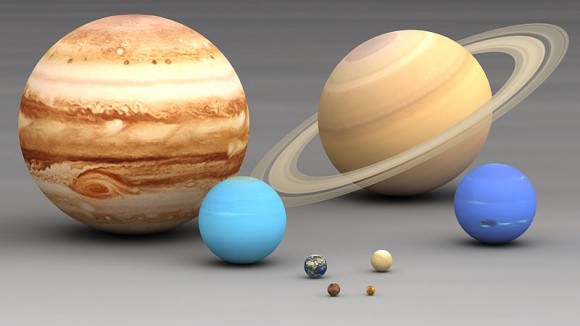Earth’s lifespan for life is finite. In about five billion years, our Sun will transform into a red giant and make our planet uninhabitable, to put it lightly, as our closest star gets bigger and swallows up Mercury and Venus. But perhaps there is a way to help our life colonize other spots in the universe.
One researcher’s vision would see microbes from our planet being sent to distant planetary systems in formation and seeding the area with exports from Earth.
The idea is of course highly theoretical and requires careful thought of the ethics (what if our life destroys others?) and technology (how to get the microbes out there)? But it’s something that Michael Mautner, a chemistry researcher at the Virginia Commonwealth University College of Humanities and Sciences, is considering.
“I suggest we give life a chance,” he said in an interview with Universe Today.
These are the steps that Mautner suggests for those considering his method of spreading life into the universe.
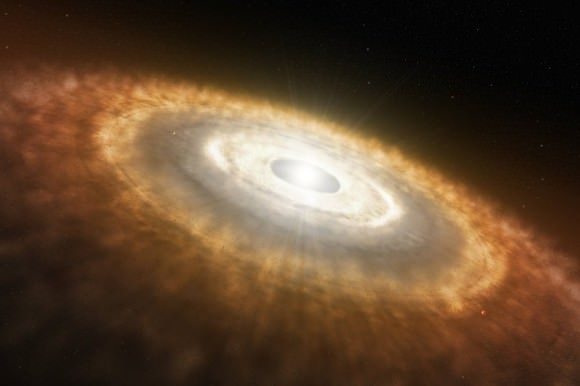
1. Think long-term. Many planets or systems are under formation, dozens if not hundreds of light-years away from us. We can send hardy microorganisms to start new life there, but travelling will take many thousands of years. This new life can then take millions or perhaps billions of years to evolve, some to intelligent life that can spread life further in the galaxy. Planning on such time-scales is key to our cosmological future.
2. Find a habitable system. One idea could be to look for a habitable planet; he observed that the Kepler space telescope has made great strides in showing us potentially habitable worlds from afar. As telescope technology improves, finding these worlds will be easier. That said, there’s a risk that any Earth-borne life could obliterate any native life there. His solution is to find star systems under formation instead: “There hasn’t been enough time for life, especially advanced life-forms, to start there,” he says.
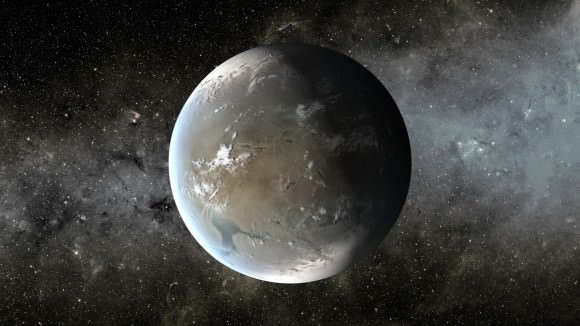
3. Aim carefully. A planet would take a very precise aiming system, he acknowledges, but aiming for larger star-forming interstellar clouds where a planetary systems are being formed, would be easier for current technology.
4. Freeze the microbes. Transit in cold interstellar space will put the microbes into deep hibernation and also make them more radiation-resistant: “the challenge is to maybe be able to bio- engineer microbes that can survive for that period,” Mautner points out. He added that there are plenty of examples on Earth of extremophiles surviving harsh environments, such as outside in satellites in or in hot vents near the bottom of the ocean. And microbes are also capable of hibernating. They could then be woken up when they get to a region near planetary systems that allows for liquid water, in conditions that could let them grow.
Could humans follow in their wake? Mautner says he would be happy for humans to go, but it could take thousands of years or more to make the journey. He doesn’t rule out the possibility of cryogenics making that trip more possible, and says there is a “fair chance” that it could work.
For more information on Mautner’s research and related concepts, consult this research paper, the Interstellar Panspermia Society, this page on “Astro Ecology” and this Q&A with Mautner at Victoria College’s website.
What do you think of the concept? Let us know in the comments.

